Welcome to our
2022 annual report
Quality of Housing
Our SHQS (Scottish Housing Quality Standard) performance has dropped again this year. This is primarily down to a change with the way that the SHQS takes into account the new electrical requirements every five years, which we previously did every ten years. Due to Covid, it was difficult to catch up with the programme in the timescale after restrictions were lifted. Our geography means that we needed to work with a range of contractors across the country, so we were not able to complete all of the outstanding work within a single year. Smaller and community-based landlords have been able to do more certificates than larger landlords like us by using single contractors and working in a smaller geographic area. We will close the gap on this in the coming years.
EESSH (Energy Efficiency Standard for Social Housing) aims to improve the energy efficiency of social housing in Scotland and will reduce energy consumption, fuel poverty and the emission of greenhouse gases.

Homes meeting SHQS
Repairs, Maintenance and Improvements
Our time to complete emergency repairs has remained fairly steady over the last few years and remains well below our target of 4 hours and the Scottish average of 4.2 hours.
Our average time to complete non-emergency repairs has improved since last year but is still higher than it was pre-Covid. Part of this is because Covid and Brexit have negatively impacted the supply chain and availability of labour. We have struggled to find contractors to carry out some of our specialist jobs. Our geography means we have to find specialist parts and labourers in more areas.
Our ‘right first time’ performance has remained the same as last year. We are still struggling to get hold of the right materials or installers for repairs due to Brexit and the legacy of Covid. Supply chain and labour challenges continue and we are keeping a close eye on this so we can identify alternative solutions as soon as we can.
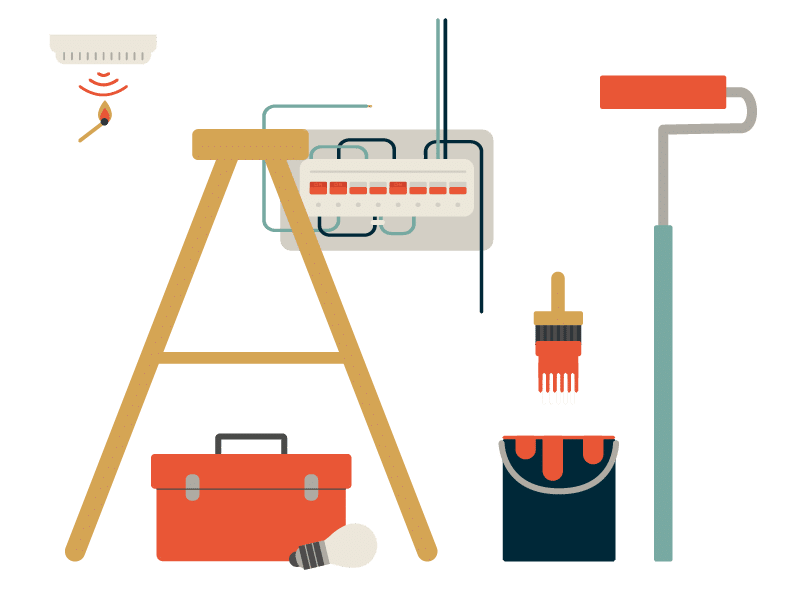
Average time taken to complete emergency repairs
Average time taken to complete non-emergency repairs
Antisocial Behaviour and Complaints
The number of antisocial behaviour cases we received has dropped to pre-Covid levels after reaching 312 last year. We are resolving antisocial behaviour cases on target better than the Scottish average, which is 94.7%. Our complaints performance remains strong with 100% of complaints responded to on target.
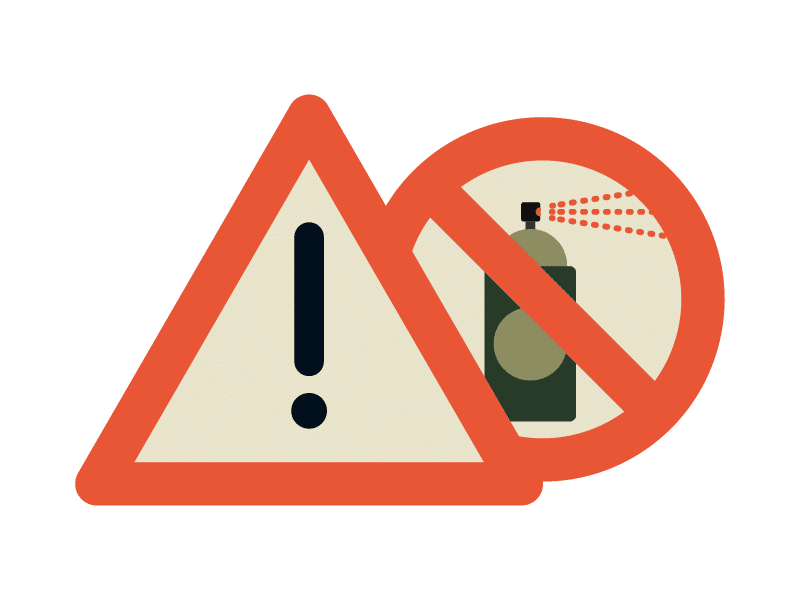
Tenancy Sustainment
Our income team continues to go from strength to strength. Last year they managed to gain over half a million pounds in additional income for our tenants. A phenomenal achievement.
This year, we have been working as hard as ever to help those struggling with their finances or worried about their tenancy. If you’d like to chat to a member of our team or want information of other organisations we can signpost you to, please get in touch. We are also regularly sharing important and informative resources over on our social media pages so please give us a follow on Facebook or Instagram if you haven’t already.
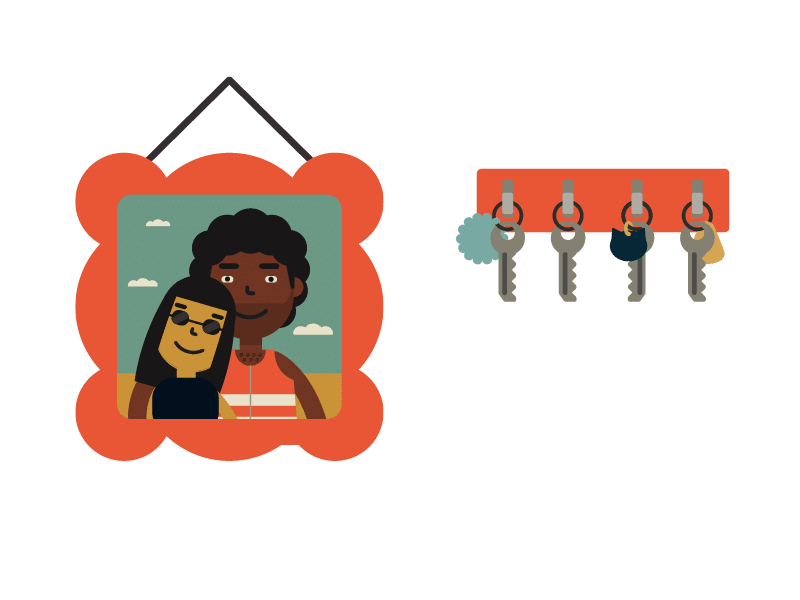
Lettings
The average number of days it takes us to re-let properties has decreased significantly over the last year, though still remains above the Scottish average. It remains higher than we would like to due to the effects of the pandemic, which has made it harder to get contractors in to carry out jobs. For example, if we need to replace a kitchen once a tenant moves out, it is taking longer than usual for orders to arrive and for us to book in contractors because of how busy they are.
Our performance has also been impacted by letting some of our retirement court properties that have been sitting empty for a while due to low demand. When we let properties that have been empty for a while, this pushes our average number of days up significantly.
We will continue to focus on improving performance in this area.
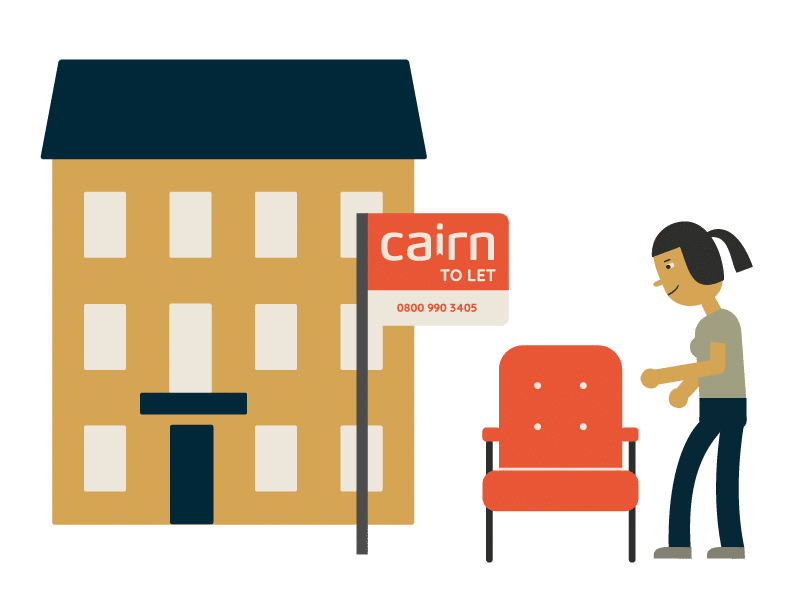
Average number of days taken to re-let properties
New tenants
Rent and Money
We collected 103.7% of the rent due to us, which is significantly higher than the Scottish average of 99.3%. This figure also includes former tenants who were in rent arrears, which is why this figure is above 100%.
We lost less money this year through our properties being empty. This is linked to our performance around the average time taken to re-let properties.

Rent collected as percentage of rent due
Percentage of rent loss through properties being empty
Tenant Participation and Communication
We are continuing to see tenants contact us more digitally. Our contact centre, Cairn Connect, saw a reduced number of telephone calls over the last year; 30,000 to 20,000. And we saw an increase across our other channels such as webchat and email. The number of visits to our website has increased significantly from 92,000 visits to 122,000 visits. This is a trend we expect will continue to grow over the coming years.

Our Communities
Our Community Fund has funded projects in areas where our tenants live since 2015. In that time, we’ve given around £80,000 to community groups and projects.
We are pausing applications to the Community Fund temporarily. We are looking into other ways of using this money that may directly benefit tenants most severely impacted by the cost-of-living crisis. We will let you know what shape the future Community Fund takes as soon as we can.
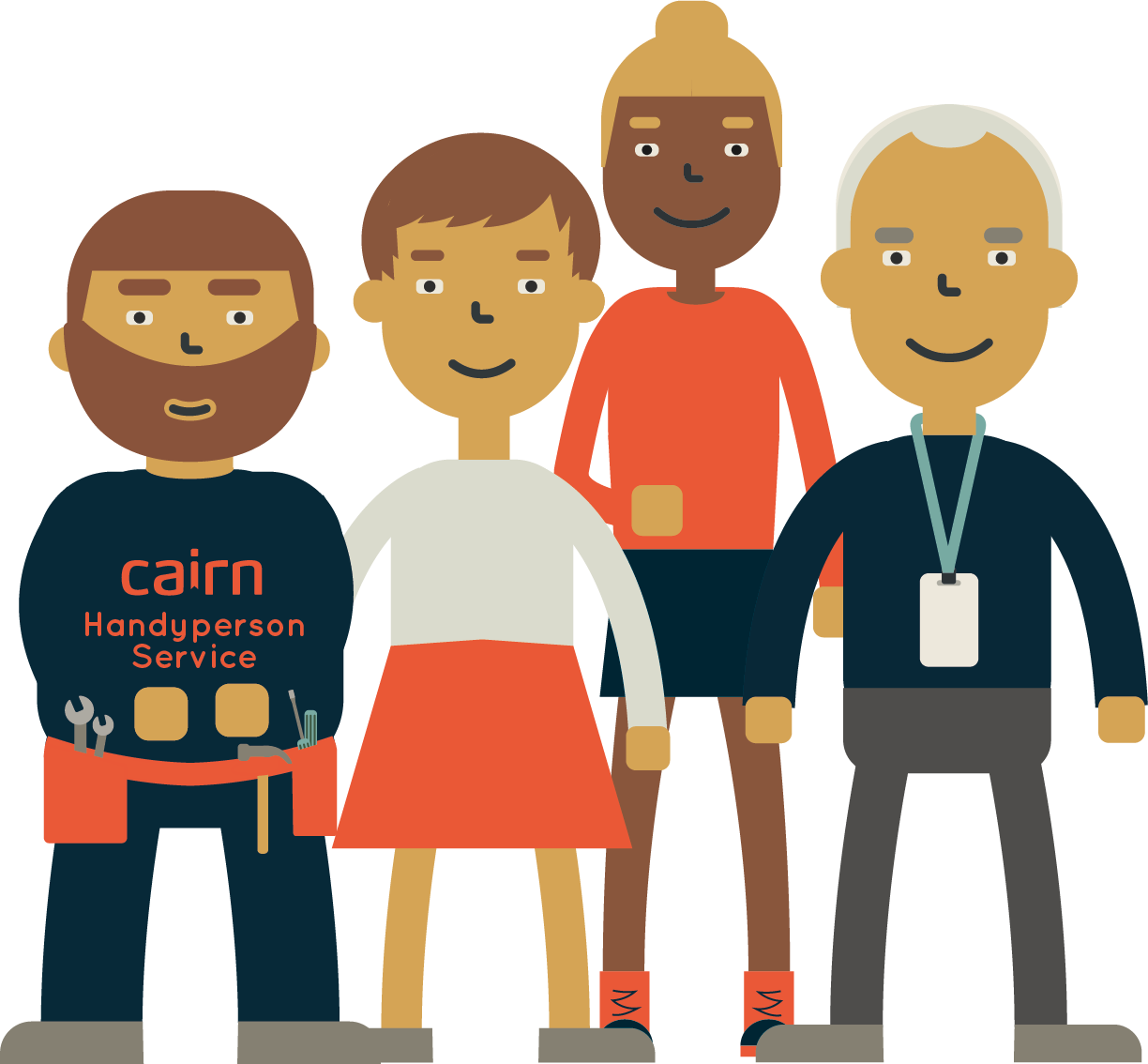
More Information
We hope you enjoyed our 2022 Annual Report.
We’d love to hear what you think about the report or our performance.
If you’d like to find out more, you can visit the Scottish Housing Regulator website to see how Cairn compares to other housing associations and local authorities.
